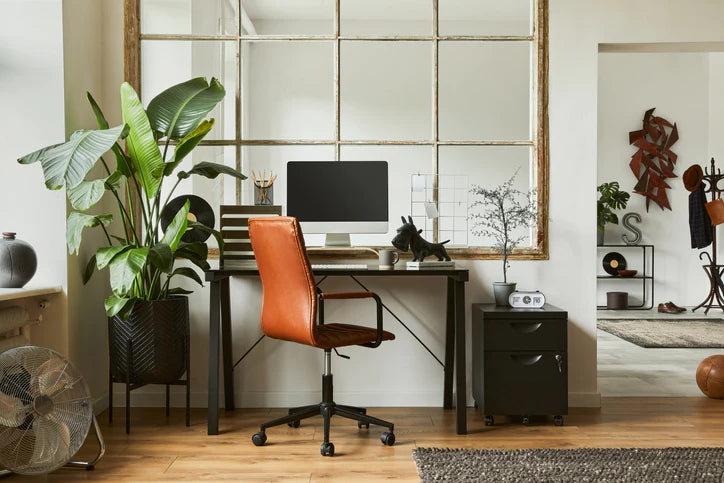
Covid-19 has forced many people to change their working habits and working from home has become more common. Even when the pandemic has become a distant memory, it’s likely that a lot of people will still work from home on a regular basis.
What started as a short-term arrangement at the kitchen table now requires a more permanent base. Unfortunately, some people don’t have a spare room they can dedicate as a home office and have to make do with a much smaller space. Here are a few tips if you’re in this situation.
Making the Most of Available Space

Although some people may be lucky enough to have a separate study or a spare bedroom that’s large enough to convert into a spacious workstation, many are much less fortunate. If this applies to you, it’s essential you make the best use of the space you have available to create an office that’s functional, stylish and works well within the rest of your home. That generally requires a certain amount of creativity and some flexibility.
Having a small space means you have to compromise and be practical. For a start, you can’t have a large L-shaped corner desk and an executive chair since they’ll simply take up too much room. A small desk or a simple office table and an office chair to match will no doubt be adequate as long as they’re ergonomic and you can adjust them to yourself so you avoid strains and aches. Depending on your circumstances and regular activity, you may be able to fix a countertop to a wall at a height where you can work standing up or use an office barstool at other times.
A small desk will mean you have to organise your equipment properly so the whole space isn’t taken up with a computer and all its accessories. Mount the monitor on a wall and put the printer and computer on shelves so you only have the keyboard and mouse on the desk itself. With a careful arrangement of cables or the use of wireless accessories, you can free up space for other things.
Being properly organised is most important in any office, particularly a small one, otherwise, you’ll drown in a sea of clutter and will never be able to find what you need. So put in as much storage or cabinets as you can in the space available. Since the space is limited, make use of areas under the desk and have wall-mounted cupboards, shelves and drawers to maximise what you have.
Separating Work and Leisure

When creating a home office, you don’t want it to be a dominant feature and you ideally want to separate work activities from other aspects of your home life. If you use a separate room, that’s easily accomplished and even a small closet can be suitable with clever planning and astute use of shelving.
When no separate room is available, you’ll have to be a little more adaptable. Use a curtain to separate off a work area so it’s hidden from the living room when not in use. Alternatively, you can paint the area the same colour to make it blend in or use a different colour scheme to distinguish it. Put a desk behind the sofa so it’s hidden away when not in use.
Wherever you put your home office desk, make sure the lighting is good so you don’t suffer from eyestrain and fatigue. Natural light is best but focused artificial light will suffice if natural light isn’t practical.
With a little thought and ingenuity, you can create a home office in the smallest of spaces, enabling you to work comfortably and productively. We have a home office furniture and accessories of all types and sizes so can help you achieve what you need.

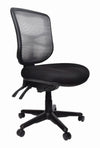 Best Sellers
Best Sellers
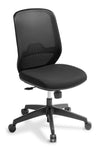 Office Chairs under $299
Office Chairs under $299
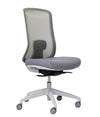 Ergonomic Chairs
Ergonomic Chairs
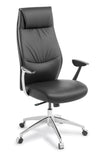 Executive Chairs
Executive Chairs
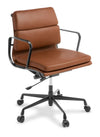 Eames Replica Chairs
Eames Replica Chairs
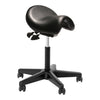 Specialist Chairs & Stools
Specialist Chairs & Stools
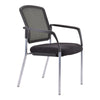 Meeting Room & Visitor Chairs
Meeting Room & Visitor Chairs
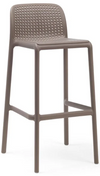 Bar Stools
Bar Stools
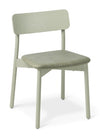 Cafe & Lunch Room Seating
Cafe & Lunch Room Seating
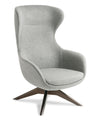 Reception Seating
Reception Seating
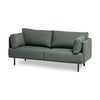 Soft Seating
Soft Seating
 Booth Seating
Booth Seating
 Ottomans/Modular Seating
Ottomans/Modular Seating
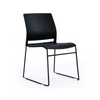 Training & Conference Chairs
Training & Conference Chairs
 Best Sellers
Best Sellers
 Standing Desks
Standing Desks
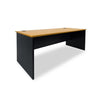 Office Desks
Office Desks
 Straight Desks
Straight Desks
 Shared Desks
Shared Desks
 Corner Desks
Corner Desks
 Reception Desks
Reception Desks
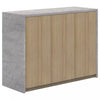 Credenzas
Credenzas
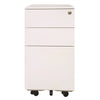 Mobile Drawers
Mobile Drawers
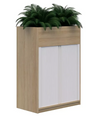 Tambours
Tambours
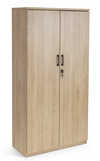 Cupboards & Bookshelves
Cupboards & Bookshelves
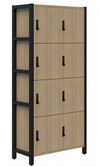 Filing Cabinets & Lockers
Filing Cabinets & Lockers
 Boardroom & Meeting Room Tables
Boardroom & Meeting Room Tables
 Bar Leaners
Bar Leaners
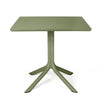 Café & Lunch Room Tables
Café & Lunch Room Tables
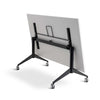 Flip Tables
Flip Tables
 Coffee Tables
Coffee Tables
 Desk Partitions
Desk Partitions
 Partitions
Partitions
 Monitor Arms
Monitor Arms
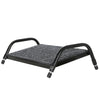 Mats & Footrests
Mats & Footrests
 Technology
Technology
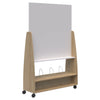 White Boards
White Boards
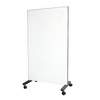 Glassboards
Glassboards
 Flip Charts & Easels
Flip Charts & Easels
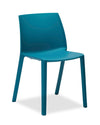 Outdoor Seating
Outdoor Seating
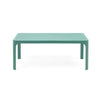 Outdoor Tables
Outdoor Tables
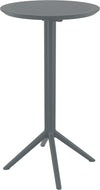 Outdoor Leaners
Outdoor Leaners
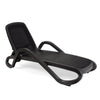 Sun Loungers
Sun Loungers
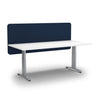 Acoustic Desk Accessories
Acoustic Desk Accessories
 Ceiling & Wall Acoustics
Ceiling & Wall Acoustics
 Freestanding Acoustics
Freestanding Acoustics
 Acoustic Pods
Acoustic Pods
